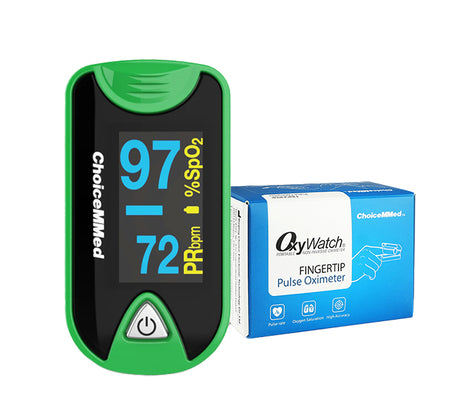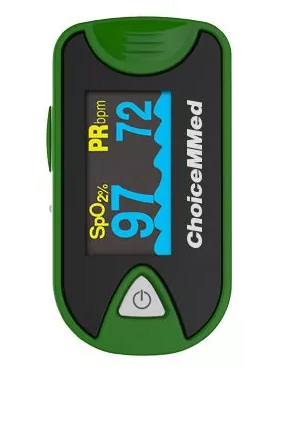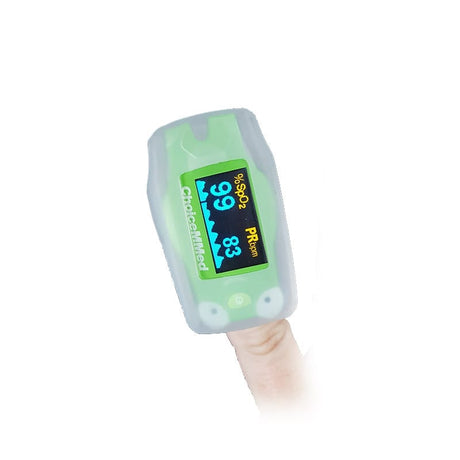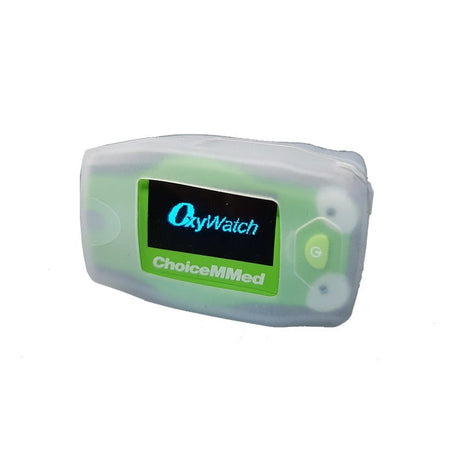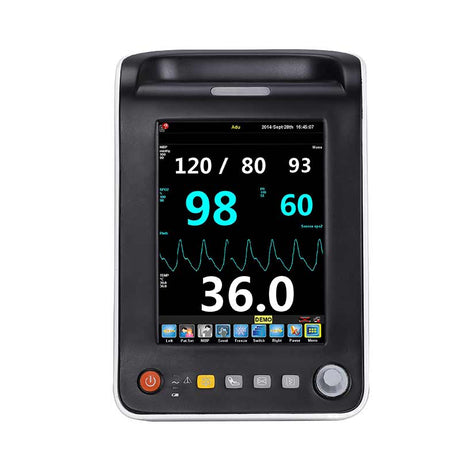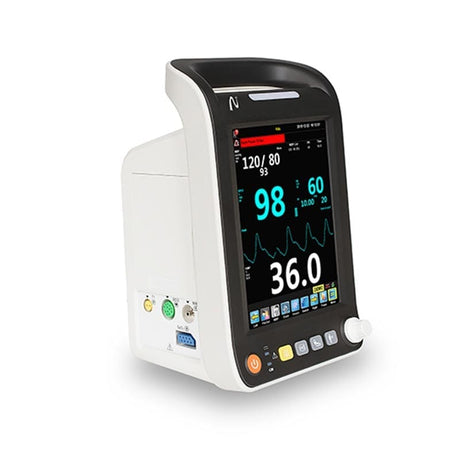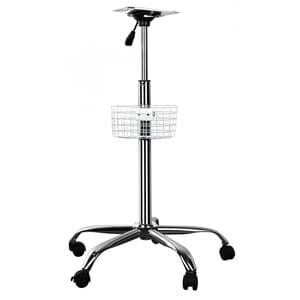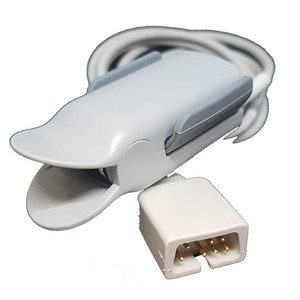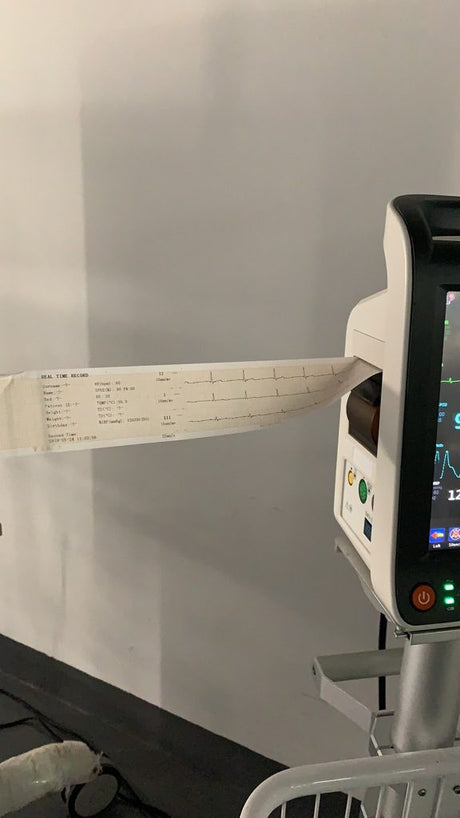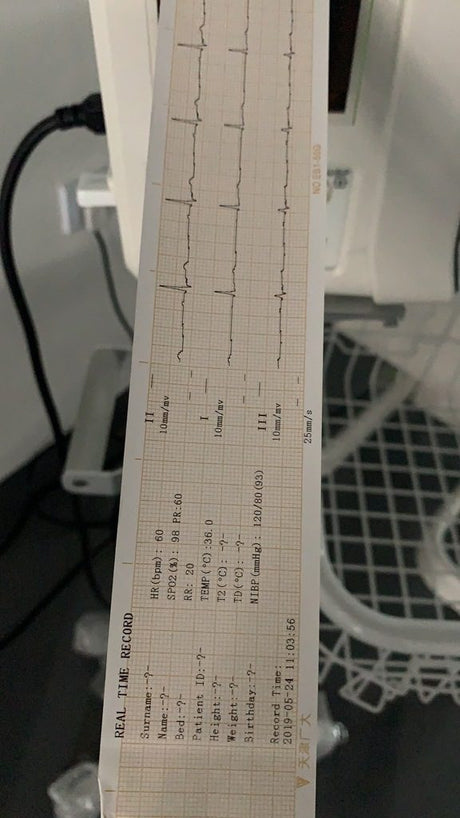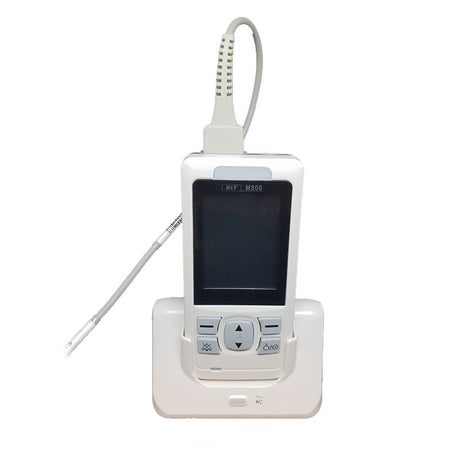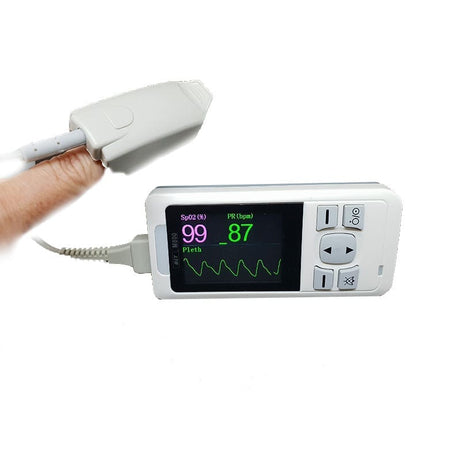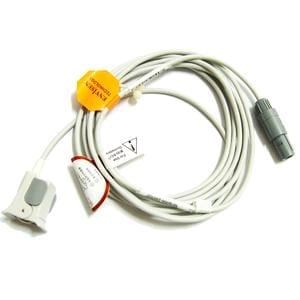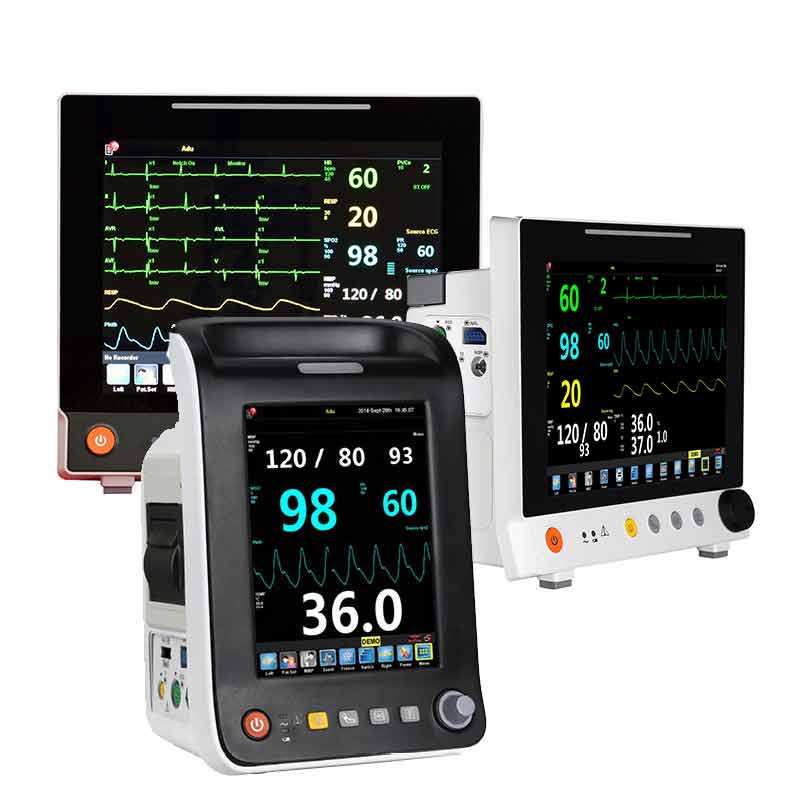Choicemed Finger Tip Pulse Oximeter with OLED Display
$59.00 ex GST ($64.90 inc GST)Unit price /UnavailableChild Finger Tip Pulse Oximeter Frog Design C53 LCD
$89.00 ex GST ($97.90 inc GST)Unit price /UnavailableNorthern Aquarius Plus Patient Monitor with ECG & Touchscreen
$1,749.00 GST ExemptUnit price /Unavailable$450.00 ex GST ($495.00 inc GST)Unit price /UnavailableNorthern Reuseable Adult Cuff 25-35CM
$59.00 ex GST ($64.90 inc GST)Unit price /UnavailableNorthern Adult Reusable Digital Finger Clip SpO2 Sensor
$129.00 ex GST ($141.90 inc GST)Unit price /UnavailableNorthern Reuseable Large Adult Cuff 33 - 47CM
$59.00 ex GST ($64.90 inc GST)Unit price /UnavailableNorthern High Accuracy Reusable Finger SpO2 Sensor
$129.00 ex GST ($141.90 inc GST)Unit price /UnavailableChoiceMed Pulse Oximeter Carry Bag Orange
$15.00 ex GST ($16.50 inc GST)Unit price /UnavailablePrinting Paper 50mm for Northern Meditec
$5.00 ex GST ($5.50 inc GST)Unit price /UnavailableNorthern Reuseable Adult Thigh Cuff 46 - 66CM
$59.00 ex GST ($64.90 inc GST)Unit price /UnavailableBiolight M800 Handheld Pulse Oximeter with ECG
$1,156.00$898.00 GST ExemptUnit price /UnavailableNorthern Reuseable Pediatric Cuff
$59.00 ex GST ($64.90 inc GST)Unit price /UnavailableNorthern Adult Reusable Digital Silicone Soft SpO2 Sensor
$129.00 ex GST ($141.90 inc GST)Unit price /UnavailableBiolight Reusable Digital Pediatric SPO2 Sensor M800 V6
$129.00 ex GST ($141.90 inc GST)Unit price /UnavailableNorthern Reuseable Infant Cuff 10 - 19CM
$59.00 ex GST ($64.90 inc GST)Unit price /Unavailable

